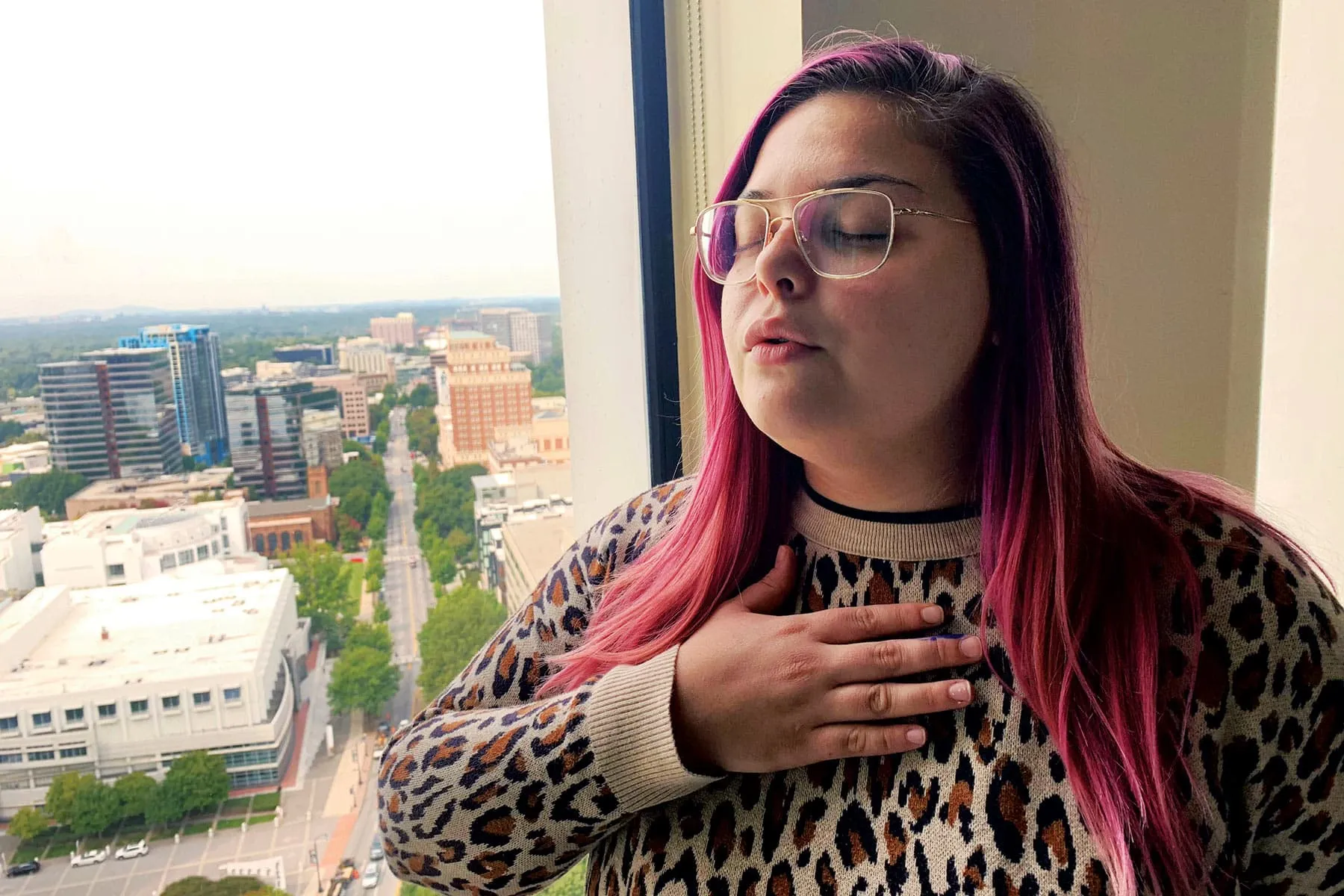If you have chronic obstructive pulmonary disease (COPD), you’re probably no stranger to flares. These are sudden attacks where breathing and coughing symptoms get worse and stay that way. You could end up in the hospital if you don’t get treatment. If they’re not treated, they can lead to hospitalization and possibly death.
But if you take steps to address symptoms early and find ways to minimize triggers, you can dramatically lower your risk of flares, says David Mannino, MD, chair of the Department of Occupational Medicine and Environmental Health at the University of Kentucky.
Follow these tips:
Learn the symptoms. Some signs of a COPD flare can be obvious: shortness of breath, wheezing, more coughing, or a cough that comes with extra mucus. You might also get a fever. But sometimes, the first signs can be as simple as feeling fatigued or having trouble sleeping.
“Many of my patients with severe COPD simply say that they just don’t feel like themselves a couple days before more intense symptoms kick in,” Mannino says. This is important to pay attention to. Call your doctor and ask if your treatment plan needs to be changed — even if you’re not having more obvious respiratory symptoms.
Stay up to date on your vaccines. The most common cause of a COPD flare is an upper respiratory infection like the common cold, flu, or COVID-19.
“People with COPD are at higher risk of complications from all three,” Mannino says. That’s why he recommends his patients get all their vaccines. A 2019 study found that people with COPD who got a flu shot had almost a 40% lower risk of being hospitalized with flu-related complications. You should also get both pneumococcal vaccines, PCV13 and PPSV23, and the COVID-19 vaccine as well as the booster. And you should make sure you’re up to date on your Tdap shot, since that protects you against whooping cough (also called pertussis), Mannino stresses.
“One silver lining of the COVID-19 pandemic was we saw fewer flare-ups among our patients thanks to masking and social distancing,” Mannino says. Both lower the likelihood of you picking up any sort of respiratory virus. “Historically, the biggest time of exacerbations is January, after holiday season,” he explains. “Patients get together with family and come down with a whole slew of viral and bacterial infections as a result. That’s why I may continue to recommend that my patients with COPD continue masking up in public, at least during cold and flu season.”
Avoid common triggers. Viruses and bacteria account for about 80% of COPD flare ups, but environmental triggers like cigarette smoke and air pollution make up the remaining 20%, Mannino says. You should:
- Quit smoking and avoid secondhand smoke. “Unfortunately, while a number of my patients have stopped smoking, they still live with someone who does,” Mannino says. “I explain to them that even if their housemate smokes in the garage, a cloud of smoke can still infiltrate the house.” Research suggests that people with COPD who live with a smoker or are otherwise exposed to secondhand smoke have more respiratory symptoms, and worse outcomes, than those who don’t. It’s safest to have loved ones quit entirely.
- Avoid air pollution. It’s bad for everyone, but it’s especially harmful for people with COPD, Mannino says. Plan to stay indoors on days pollution levels are high. Keep your windows closed and your air conditioner on.
- Be careful with household cleaners. Use less toxic, natural cleaners when you can, and always wear a mask when using them. Also avoid shaking out rugs, vacuuming or dusting if you can, since this can kick up dust that can cause some patients to flare.
Stay on top of all your medications. “When we talk about control of COPD, it’s very different from how we talk about another common lung disease, asthma,” Mannino says. When it comes to asthma, the goal is for people to be symptom-free. But “COPD is less clear cut because most patients will have symptoms since there’s usually a permanent degree of lung damage. That’s why our goal instead is to have them maintain a high enough degree of function that they can continue to do most of the things they want to.”
One thing that often confuses COPD patients is that some of the medications they’re on may not necessarily make it easier to breathe. “If they take an inhaled steroid, or an antibiotic a couple days a week, it won’t improve symptoms, but it should decrease risk of exacerbations,” Mannino says. Research shows, for example, that patients who take a daily antibiotic reduce their risk of a flare-up by 20%. It’s important to take all the medications your doctor prescribes, even if they don’t make you feel any better, he adds. If you have questions as to why you need to take something, ask your doctor why.
Have an emergency treatment plan. It’s very important to call your doctor right away if you do have a flare. “If your symptoms are mild, they may tweak your current treatment: for example, have you use your inhaler twice a day instead of just once,” Mannino says. They may also prescribe an oral steroid or an antibiotic. But if your symptoms don’t go away or get worse — your oxygen levels dip below 92% or your lips and fingertips turn blue — you may need to be hospitalized.
Most flares get better on their own or in the hospital in about a week. But many people don’t realize that it can take them anywhere from 8 to 12 weeks to bounce back from an exacerbation. You’re also more at risk of cardiac complications, too, especially if you’ve been hospitalized.
“That’s why it’s even more important to try to keep your flares to a minimum, or get them treated quickly, to minimize future problems,” Mannino says.






